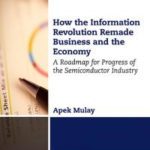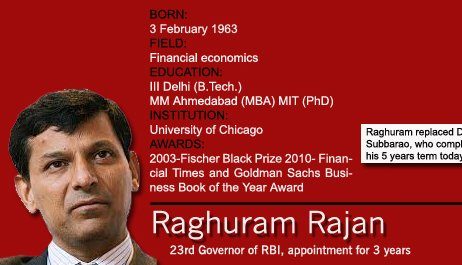The governor of Reserve Bank of India (RBI), Dr. Raghuram Rajan has been under pressure to reduce its bench mark rate of interest. While Dr. Rajan has left the rates unchanged at 8% and signaled a possible reduction in early 2015, the falling crude prices have raised hopes of a rate cut. By reducing interest rates and thus making it less attractive for people to save and more attractive to borrow, the RBI encourages people to spend money or invest. If, on the other hand, if RBI increases interest rates, the incentive shifts towards more saving and less spending in the aggregate, which can help cool an economy suffering from high inflation.
Before we discuss whether the RBI should lower the rate or keep them unchanged, let us analyze why is that RBI has to reduce interest rates to stimulate economic demand. In a true free market economy, the real job creators are both producers and consumers. In fact, the jobs are created by means of a co-operative interaction between the producers and consumers. However, When the official monetary policy of any central bank is such that wages of the workforce trails worker productivity, then the gap between the real wages and productivity contributes to consumer debt. By lowering interest rates, essentially the central banks lure people into borrowing.
Lower interest rates minimizes any incentive for consumers to save money in order to earn a high return on their savings. With such monetary policies followed by RBI, the real wage in the economy falls and the productivity of workforce rises. Since, Wages contribute to economic demand and productivity contributes to economic supply, wage-productivity gap contributes to a Demand-Supply gap. Hence, while the expected cut in interest rates by RBI is expected to lure citizens into increased borrowing and thereby fueling economic demand, it is much better approach to let the economic demand grow by growth in real wages of the workforce by ensuring that wages keep track with productivity.
India has a huge problem of trade deficits from its burgeoning middle class and absence of domestic manufacturing facilities in country. Hence, India has been running consistent trade deficits and “Make in India” is a step taken by government to trim those deficits. However, If Free Trade policies of India are not replaced by means of fair trade policies, India cannot expect the import of foreign manufactured products to go down solving the problem of its burgeoning trade deficits.
India also has a high economic disparity. The growing disparity in economy has also reduced the ability of low wage earning citizens to pay a fair share of taxes. Additionally, the tax cuts which are offered to corporations add further to these budget deficits resulting in current account deficits. Now, the growing trade and budget deficits can only be sustained by printing more currency ( which results in Inflation) and thereby also increasing government debt. Other option to finance its deficits is from inflow of foreign capital into India which is the chief motive behind “Make in India” .
Since the financial crisis of 2008, countries like India have been prime beneficiaries of Quantitative Easing (QE) policies of the US Federal reserve. The investors borrowed cheap short-term money in the US and invested in higher yielding assets in India. The massive capital inflows also enabled India to comfortably finance its trade and current account deficits. However, Now that QE has come to an end in US, the capital inflows into India will start moving out putting pressure on Indian rupee in coming years.
As the wages fall and productivity rises, the wage-productivity gap rises so fast that even the Indian government also has to raise its own spending and debt constantly. A cut in interest rates will translate into lower bond yields making investment in Indian debt less attractive. Hence, this would raise the chances of an inflation in Indian economy which would mostly hurt the domestic demand due to rising prices. Under these circumstances, RBI governor has done pretty remarkable job in taming the inflation and his stance of not cutting the rates is justified. The drop in price of oil also have to do with geo-political tensions and rather than reducing interest rates to continue the monetary policies of luring consumers into borrowing, a better monetary policy could be to ensure that wages keep track with productivity thereby ushering in a free market economy.
When wages keep track with productivity then consumer demand will increase when the real wages of the people in economy will start to grow. In that case, the central bank will not have to artificially control the interest rates to control inflation but the market forces of supply and demand will control these rates of interest with a minimal government intervention. This monetary policy of ensuring wages keeping track with productivity resulted 4% year over year growth in GDP of USA in the decade of 1950s which was called as the golden era of free market capitalism. Such a free market economic system has been envisioned in my recently released book “Mass Capitalism: A Blueprint for Economic Revival”.


Recent Comments